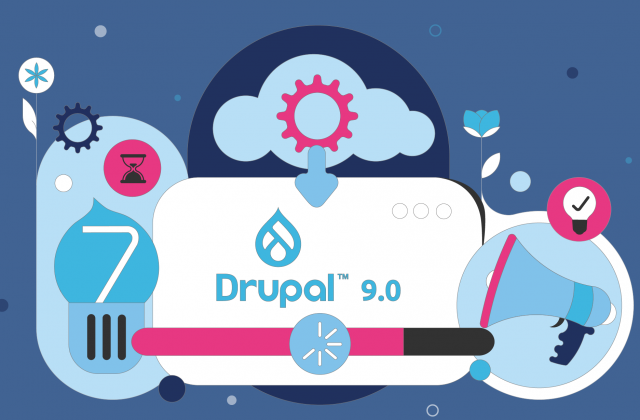There’s a couple of noteworthy items for discussion this morning in the world of social networking (well there’s probably more than a couple – but that’s what I’ll confine myself to here). Firstly, a great info-graphic from Ignite Social Media, reposted over at Mashable, about ‘the current state of social networks’.
I draw attention to it here mainly for the reason that as a development company we’re pretty keen on keeping abreast of trends and changes which can improve upon the services we offer to our various clients. One of the areas in which there has been a huge amount of such activity and development in recent years is the area of social networking (this is not exactly breaking news…) and thus we’ve spent a great deal of time discussing, both amongst ourselves and with the wider online community (often via this blog), exactly what interested us about social networking from a development perspective, as well as from a user point-of-view.
However, one shortcoming of this coverage has perhaps been that the term ‘social networks’ has been used consistently to refer to everything – but has actually ended up meaning a variety of (sometimes rather vague) things. For instance, in much mainstream television news coverage of tech stories ‘social networking’ pretty much stands in for ‘Facebook + one or two others which probably aren’t worth mentioning by name…’ Who can blame them – networks, after all, come and go – but the activities and principles which they facilitate have tended to remain roughly stable over the past decade six or seven years (or so).
Well, I must confess to being a little bit too partial to this catch-all term myself (it is useful as a shorthand – listing every relevant network at every instance throughout an article would soon make for a rather illegible list), though in the interests of helping readers judge better which network I might be referring to in a particular instance and, more importantly, for business owners seeking to gauge which network(s) might best suit their business needs and goals, there’s the aforementioned nice introductory info-graphic from Ignite Social Media.
Which network has the highest proportion of women for instance? Which network has the wealthiest users? Which has the most educated? All of these are just some of the questions that can be answered with the handy info-graphic. Thus the next time you hear someone bandy around the term ‘social networking’, it’ll be that little bit easier to deduce precisely which networks are more relevant to contexts in which they are being discussed – and which less so. For instance if I were to start discussing social networking use for business purposes in the corporate world – you would probably work out that Myspace is not quite so relevant as LinkedIn here (sorry for the obvious example – I’m trying to keep it accessible without being patronising…)
Anyway, the other purpose of that rather basic example was to provide a (slightly tentative) link to the second little item I wished to discuss here – that of the Myspace sales pitch book figures, which have been revealed by a Techcrunch exclusive this morning. As the article indicates – they are ‘bleak’ to say the least (indicating a likely loss of $165 million for the past year) but oddly optimistic on what might happen in the future ( a return to profit is ‘expected’ from next year onwards, to the tune of $15 million, later rising to $70 million by 2015).
This hardly stands up to even passing scrutiny – and any detailed inspection will reveal that the whole thing is fantasy to anyone other than the ludicrously optimistic buyer… News Corp is having its Friends Reunited moment (i.e. selling off an expensively acquired network for relative peanuts) and there’s simply no other way to look at it. The bottom line for businesses using Myspace within their web 2.0 or social media strategy however becomes when (not if – eventually it’ll become a pretty pointless place to operate – losing 14% of its audience monthly) to migrate those functions, how to move efficiently (i.e. without losing users/interrupting campaigns) and where to move to. Again, if this includes your business, I refer you to the above excellent info-graphic for a basic 101 in beginning to ponder answers to those questions…



